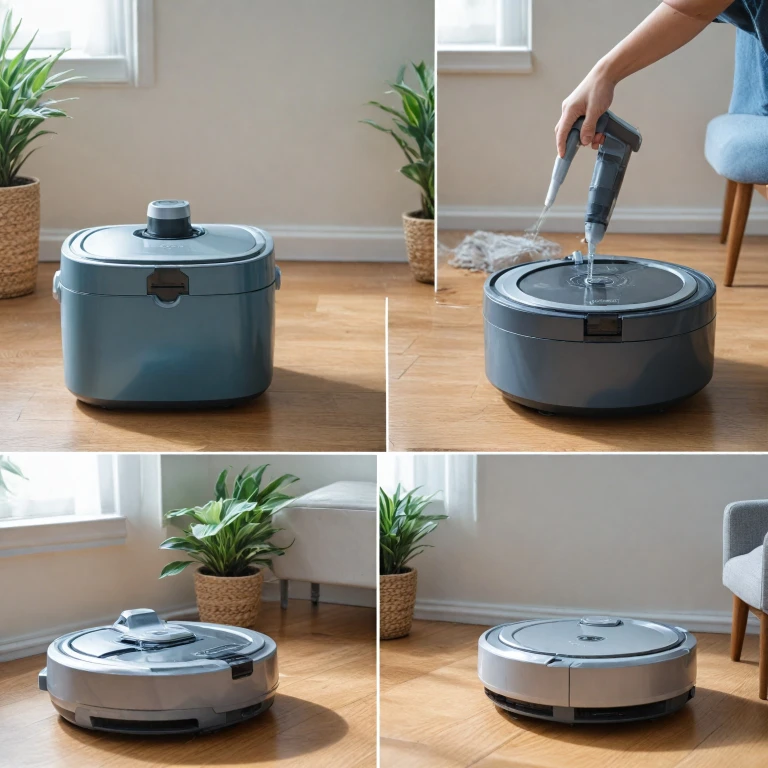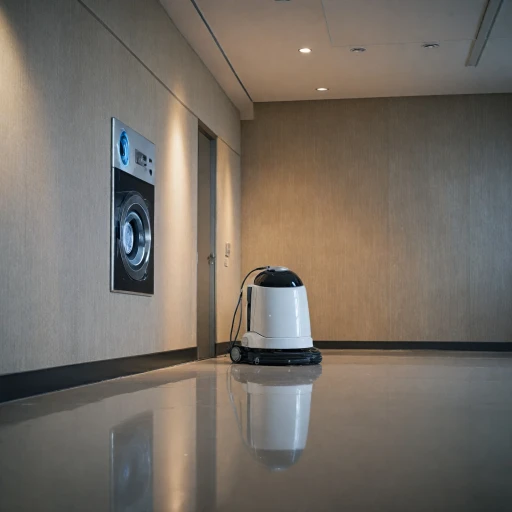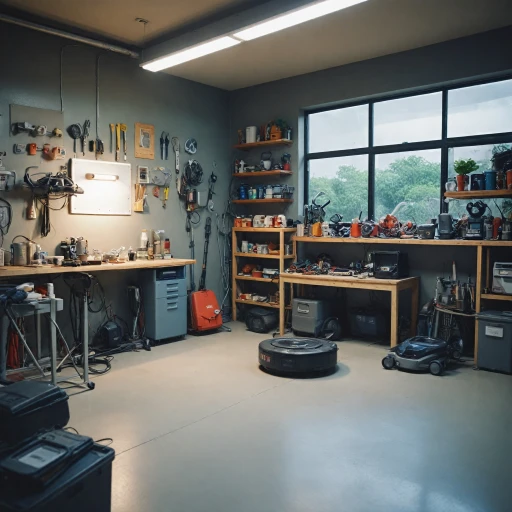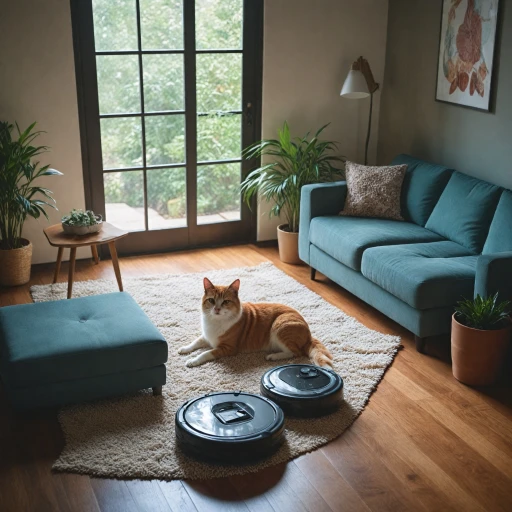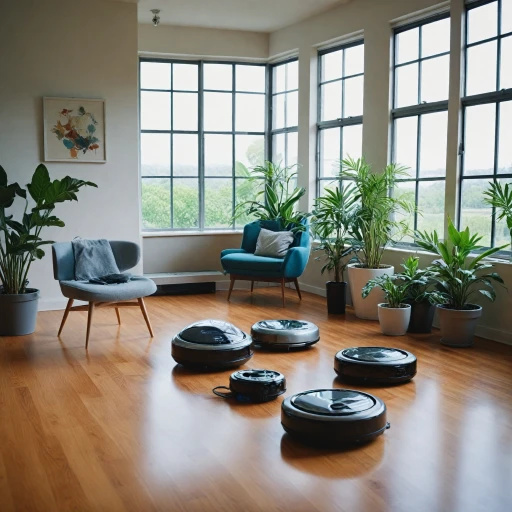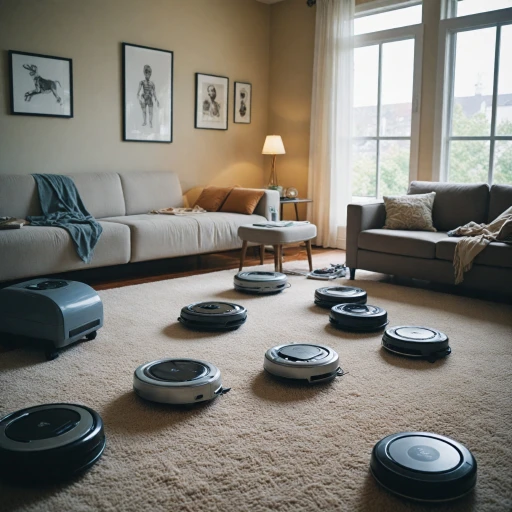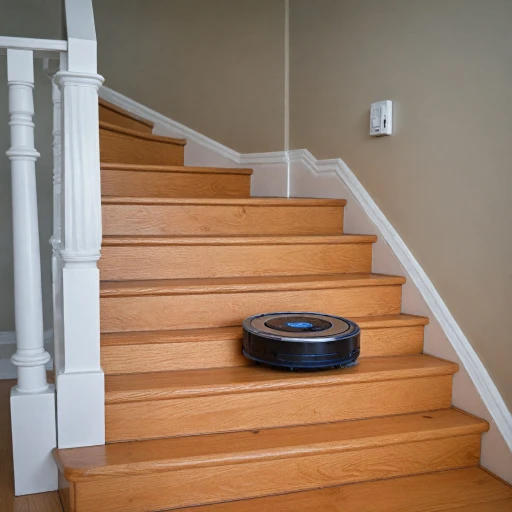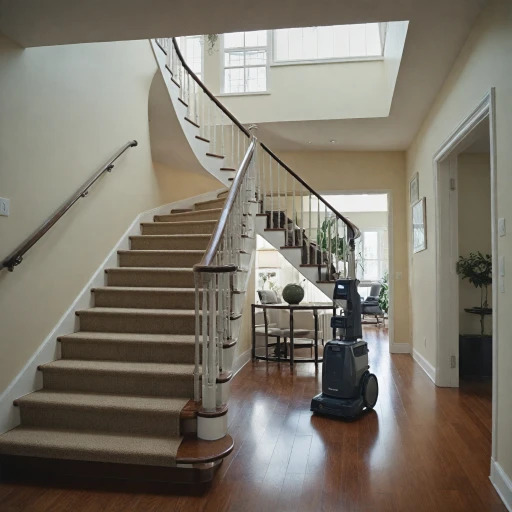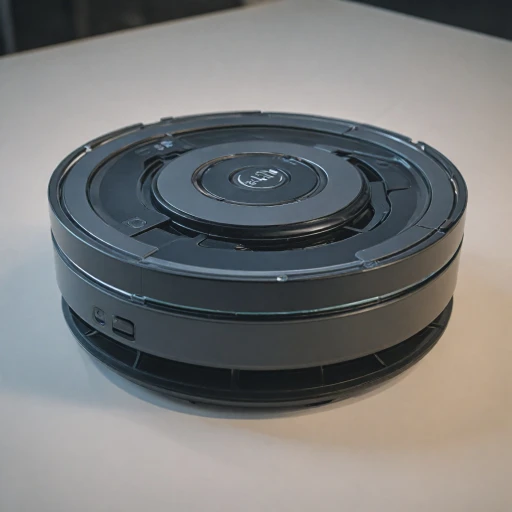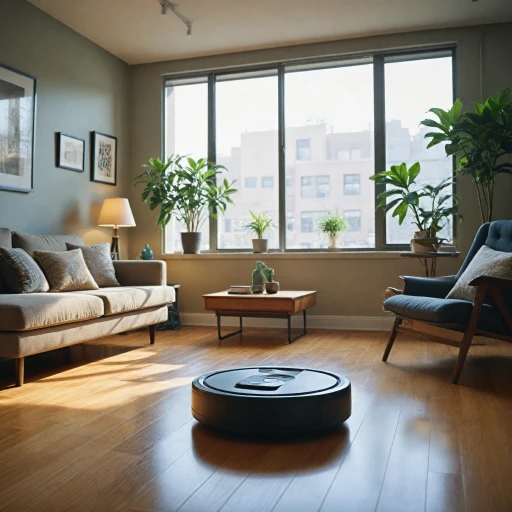
Understanding Your Roomba's Bin System
Getting to Know the Roomba's Bin System
Understanding the mechanics of your Roomba's bin system is crucial for efficient maintenance and operation. The bin is where all the dust, debris, and dirt collected by the robot vacuum are stored. It's designed to be easily accessible and user-friendly, allowing you to empty it without hassle.
Roomba models, like the iRobot Roomba, typically feature a removable dustbin that can be detached by pressing a release button. This design ensures that you can quickly remove the bin and dispose of its contents into the trash. The bin door is usually located at the top or side, depending on the model, making it straightforward to open and empty.
Inside the bin, you'll find a filter that traps fine dust particles, preventing them from being released back into the air. Regularly cleaning or replacing this filter is essential to maintain optimal performance. Sensors within the Roomba detect when the bin is full, alerting you when it's time to empty it. Ignoring these alerts can lead to decreased efficiency and potential damage to the vacuum.
For those interested in exploring more about the different types of cleaning devices, including electric sweepers, you might find this exploration of electric sweepers insightful.
By familiarizing yourself with the bin system, you can ensure that your Roomba operates at its best, reducing the need for frequent troubleshooting and enhancing its overall performance.
Signs It's Time to Empty the Bin
Recognizing the Need to Empty Your Roomba's Dust Bin
Knowing when it's time to empty your Roomba's bin is crucial for maintaining the effectiveness of your robot vacuum. As your Roomba navigates through your home, it picks up dust, debris, and other small particles that accumulate in the dust bin. Here are a few signs that indicate it's time to perform this necessary task:- Full Bin Indicator: Most Roomba models are equipped with sensors that alert you when the dust bin is full. Keep your eyes on these indicators to avoid overflows.
- Noticeable Drop in Performance: If your Roomba isn't picking up dirt as efficiently as it used to, the bin might be full or the filter clogged. Emptying the bin should help restore its performance.
- Frequent Stops: If your Roomba is constantly pausing its cleaning cycles, it might be due to a full bin. Ensuring the bin is empty may reduce these interruptions.
Step-by-Step Guide to Emptying the Roomba Bin
Removing and Emptying the Dustbin with Ease
To effectively empty your Roomba's dust bin, begin by locating the bin release button on your robot vacuum. Press the button gently to release the dustbin from its housing. It’s crucial to do this over a trash container to prevent any accidental spills of dust and debris. Open the bin door carefully, ensuring you don’t skip content that could be stuck. For some iRobot Roomba models, the bin will easily separate from the rest of the unit, while others might require a little wiggle to completely detach. Dispose of the accumulated debris and dust directly into the trash container. Make sure to do this in a well-ventilated area to avoid inhaling any fine dust particles.Cleaning the Filter for Optimal Performance
Once the dustbin is empty, it’s time to focus on the filter. Remove the filter from the bin and tap it gently by the side of the trash can to dislodge any trapped debris. For filters that are washable, you can rinse them under cold water and let them air dry completely before reinstalling. This step is vital to ensure optimal suction performance from your Roomba. Avoid using any cleaning agents or exposing the filter to direct sunlight during drying, as this could damage its structure.Reassembling and Final Checks
Before reattaching the dustbin, take a moment to wipe down any sensors and make sure they are free of dust. Proper sensor maintenance is critical as it helps the robot vacuum navigate efficiently and avoid getting stuck. Once satisfied that everything is clean and dry, slide the filter back into the bin, close the bin door, and then reattach the dustbin to the Roomba until you hear the click of the release button. Ensuring these elements are well-maintained enhances your Roomba’s performance significantly. For more details on how water filtration in vacuums can aid in maintaining a cleaner home environment, you can explore the benefits of water filtration vacuums.Best Practices for Maintaining Your Roomba Bin
Optimal Practices for a Clean and Functional Roomba Bin
Maintaining your Roomba's bin is vital in ensuring your robot vacuum operates with peak efficiency. Adhering to a few best practices can keep your bin in optimal condition while also prolonging the life of your Roomba.- Regular Emptying: It might sound straightforward, but avoiding a full bin is pivotal. Empty the Roomba bin after every cleaning session to prevent dust build-up, reducing strain on the vacuum.
- Check the Sensors: Dust and debris can interfere with your Roomba's sensors. Regularly clean the sensors on your robot to ensure it's effectively navigating your home and avoiding obstacles.
- Routine Filter Checks: The filter is a crucial part of your Roomba. Regularly remove the filter and check for clogs. A clean filter aids in effective suction and keeps your air cleaner.
- Clean the Dustbin and Bin Door: Wipe down the inside of the dustbin and the bin door to remove lingering dust debris. This simple task can prevent odors and enhance suction performance.
- Inspect the Bin Door and Release Button: Make sure the release button and bin door are operating smoothly. Any stiffness or improper sealing could indicate an issue that needs addressing.
Troubleshooting Common Bin Issues
Addressing Bin Troubles: Keep Your Robot in Top Shape
When it comes to maintaining your iRobot Roomba, understanding how to tackle common bin issues is crucial for ensuring optimal performance. If you're noticing anything off during your cleaning routine, it might be due to a problem within the bin system. Here are some key tips to get your Roomba back on track.
- Problem: "Bin Full" Message Despite Empty Bin
Sometimes the Roomba displays a "bin full" message when the dustbin is actually empty. This could be owing to dust and debris blocking the sensors Roomba relies on. Make sure to wipe the sensors with a soft, clean cloth. - Jammed Bin Door
If you've ever struggled with a stubborn bin door that won't budge, try ensuring there's no dust debris blocking its hinges. You can gently clean around the area and check for any trapped material. - Dirty or Blocked Filter
A filter laden with debris can also cause issues with efficient emptying. Regularly remove the filter and gently clean it to keep the airflow in top condition. Remember not to rinse with water unless specified by the manufacturer. - Debris Accumulation Around Release Button
In some cases, debris can gather around the release button, making it difficult to use. Carefully clean around this area to ensure the button works smoothly when emptying roomba.
Ensuring that these minor aspects are taken care of can greatly enhance your robot vacuum's performance and prevent unnecessary interruptions in your cleaning schedule. Maintaining a clean base and a properly functioning system will help you efficiently handle debris disposal.
Enhancing Your Roomba's Performance
Enhancing Your Robot Vacuum's Performance
To ensure your iRobot Roomba or any other robot vacuum performs optimally, regular maintenance is key. Here are practical steps and tips to help you maximize the efficiency of your robot vacuum.- Regularly Empty the Dustbin: A full bin reduces the vacuum’s effectiveness. Make it a habit to check and empty the Roomba bin after each cleaning session to prevent dust debris buildup.
- Inspect and Clean the Filter: Remove the filter and gently tap it to release dust. A clean filter is crucial for maintaining strong suction power and ensuring your vacuum reliably picks up dust and debris.
- Wipe Down the Sensors: Sensors on your Roomba help it navigate effectively, so keep them clean. Use a soft, dry cloth to wipe away dust that might cause navigation errors.
- Check the Bin Door and Release Button: Ensure the bin door closes properly and inspect the release button to make sure it functions correctly. This prevents problems during the emptying process.
- Optimize Cleaning Settings: Familiarize yourself with your robot's settings. Adjusting cleaning modes can save battery life and improve performance on different floor types.
